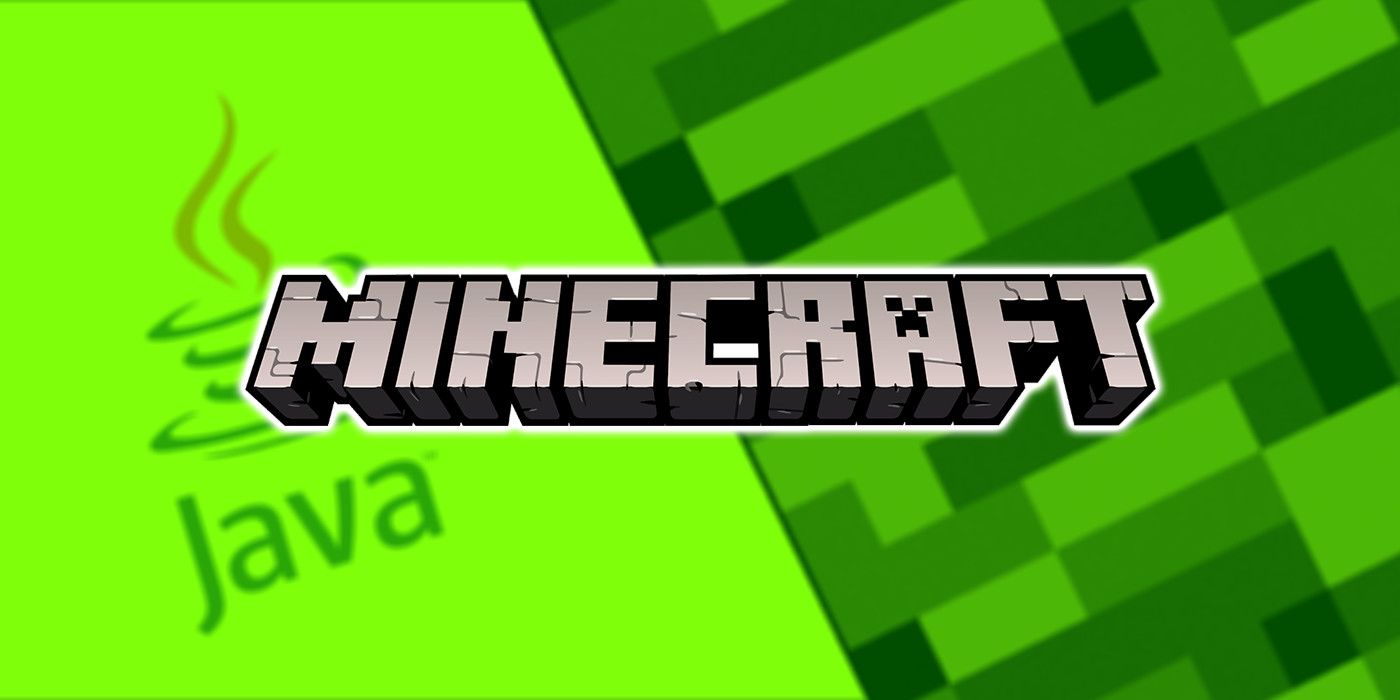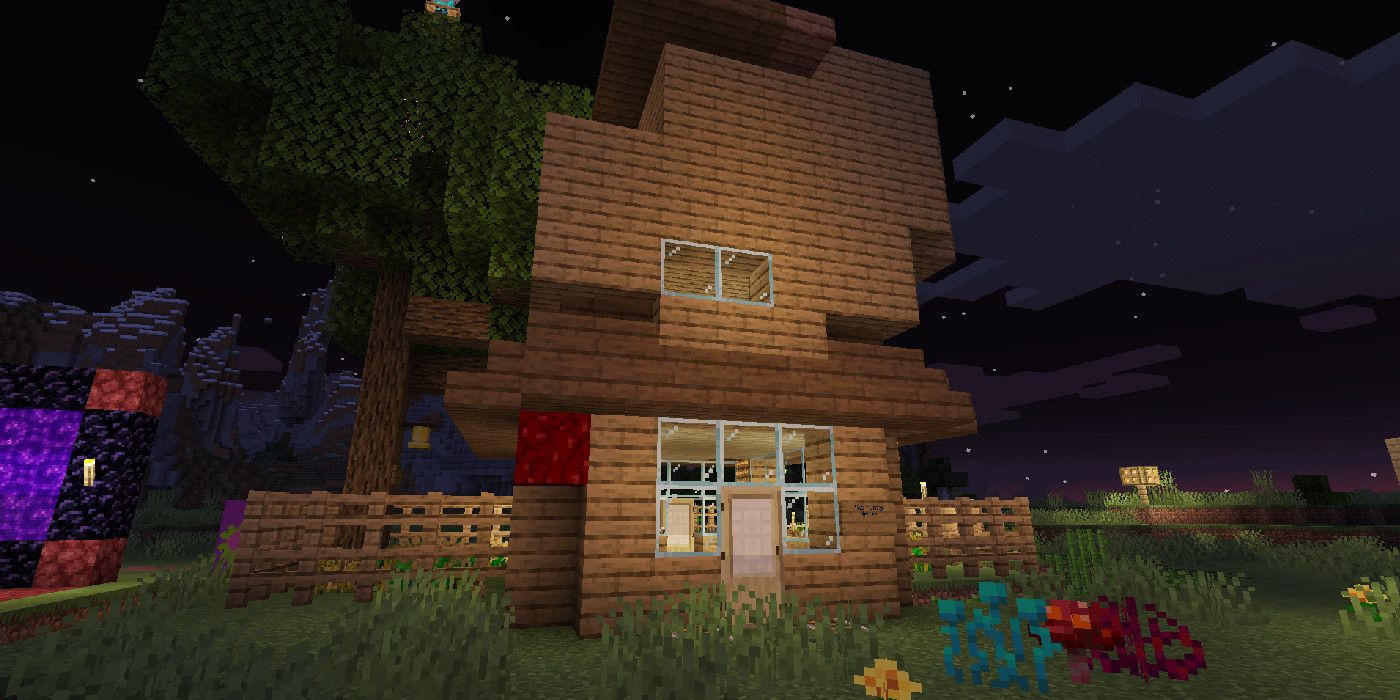With Minecraft being one of the most popular games of all time, it makes sense that it'd get ported to a wide range of different platforms and have several different versions to play. The main two versions of Minecraft are Bedrock Edition and Java Edition. These two versions of Minecraft are mostly similar when it comes to the general updates they receive. However, they do have some notable differences in the kinds of content included, the balance of the game and the general design philosophy behind both versions.
The Java edition of Minecraft is the original developed version of the game that probably makes up a majority of the 600 million active players. The Bedrock edition is the name for the Java-less Windows 10 version of the game that launched in 2011. Bedrock has stayed fairly similar to Java over the years, though there are some pretty significant differences between the two that new players should be aware of when considering which version to purchase.
The first big difference actually comes down to the highly-anticipated "Caves and Cliffs" update and future previews (otherwise called snapshots) of upcoming content. Right now, Java and Bedrock players can load up public testing versions of the "Caves and Cliffs" update to get out an early version of some of the new content. However, Bedrock and Java versions are given different features to take an early look at.
Players who own the Bedrock edition of Minecraft can expect to see an early look at the game's new mountain-related features, including the impressive new generation of mountain biomes. Meanwhile, Java edition players are getting an early look at the new cave and ore generation rules. This split in how content is tested may help Mojang cross-test two new content types without overwhelming players.
The major gameplay differences between these two versions are much more notable. Bedrock edition, for example, supports crossplay with the console and mobile versions of Minecraft, but Java edition players are only able to play with others who own the Java edition. There are also differences in how custom content is handled, with the Bedrock edition having a dedicated marketplace for players to download sponsored DLC maps and resource packs. Java players cannot access this marketplace content.
In a similar vein, modding is very different between the two versions. Java players can download whatever community-made mods are available on sites like Minecraft Forums or Planet Minecraft. Bedrock players will have to check out the previously mentioned marketplace, where they can find a myriad of add-ons available for both purchase and download. Add-ons and mods differ in the level of customizability that they allow players to have, as add-ons didn't always support the same kinds of changes that modding using Java code does.
The rest of the differences between Bedrock and Java are fairly minor, but they're still good to known when considering which version to purchase. Hardcore mode, where a player's world is deleted when they die, is only available on the Java edition of Minecraft. Bedrock generally has less lag and fewer performance issues compared to Java, though Java allows players to build much higher than the Bedrock edition. It should also be noted that the highly-anticipated Nvidia RTX compatibility is only in the Bedrock version.
In general, players who want the traditional Minecraft experience and aren't too concerned with cross-play or a slight boost in performance should stick with the Java edition of the game. However, the Bedrock edition is there for players who want one consistent way to play the game between multiple versions and releases. For those who already own Java edition, the Bedrock version of Minecraft may be worth looking into, especially if players own the game on multiple platforms.



